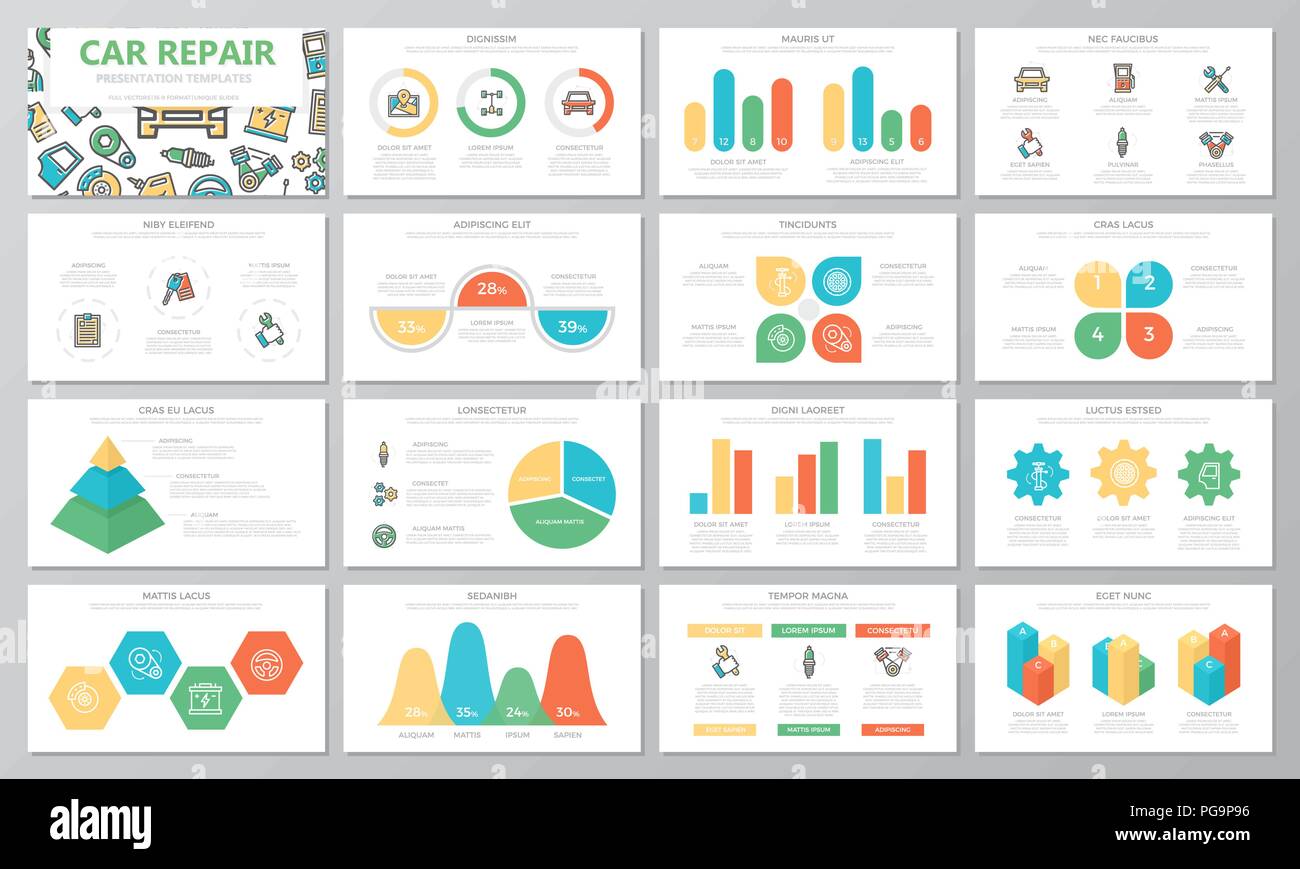Wish To Discover More About The Warning Lights On Your Dashboard? Reveal What They Indicate Concerning Your Car'S Health And Wellness
Wish To Discover More About The Warning Lights On Your Dashboard? Reveal What They Indicate Concerning Your Car'S Health And Wellness
Blog Article
Written By- https://www.businesswire.com/news/home/20220323005535/en/Global-1237.49-Billion-Automotive-Repair-and-Maintenance-Markets-Analysis-Forecasts-2016-2021-2021-2026F-2031F---ResearchAndMarkets.com
When you lag the wheel, those radiant warning lights on your dashboard can be a bit complicated. Do you know what they're attempting to inform you about your automobile's wellness? Understanding the significance of these lights is vital for your safety and security and the longevity of your automobile. So, the following time among those lights turns up, wouldn't you intend to decipher its message precisely and take the required steps to resolve it?
Common Warning Lighting and Interpretations
Recognize typical warning lights in your automobile and recognize their definitions to guarantee risk-free driving.
The most typical warning lights consist of the check engine light, which signifies issues with the engine or discharges system. If this light begins, it's essential to have your vehicle examined without delay.
The oil pressure advising light indicates low oil pressure, requiring prompt interest to avoid engine damage.
cardetailinginterior flashing battery light might recommend a malfunctioning billing system, possibly leaving you stranded otherwise resolved.
The tire stress surveillance system (TPMS) light notifies you to low tire stress, influencing lorry stability and fuel performance. Neglecting this could lead to dangerous driving problems.
The abdominal muscle light indicates a trouble with the anti-lock stopping system, endangering your capacity to stop swiftly in emergencies.
Finally, the coolant temperature warning light warns of engine getting too hot, which can lead to serious damages if not resolved swiftly.
Understanding these typical caution lights will aid you attend to problems promptly and preserve risk-free driving problems.
Value of Prompt Attention
Understanding the common warning lights in your vehicle is only the very first step; the relevance of without delay attending to these cautions can not be highlighted enough to guarantee your safety and security when driving.
When a caution light illuminates on your dashboard, it's your vehicle's method of communicating a possible problem that requires focus. Disregarding these cautions can lead to extra extreme issues in the future, endangering your safety and potentially costing you much more out of commission.
Motivate focus to alerting lights can avoid malfunctions and accidents. For https://oilchangecost28405.buyoutblog.com/31263570/discover-the-essential-actions-for-selecting-a-dependable-auto-service-center-that-will-keep-your-auto-running-efficiently-your-automobile-benefits-the-finest-of-treatment , a flashing check engine light could indicate a misfire that, if left unattended, could cause damages to the catalytic converter. Addressing this promptly can save you from an expensive repair work.
Similarly, a brake system cautioning light could signal low brake liquid or worn brake pads, critical parts for your security when driving.
Do It Yourself Troubleshooting Tips
If you observe a caution light on your control panel, there are a few DIY troubleshooting ideas you can attempt before looking for expert assistance.
The primary step is to consult your car's manual to understand what the details caution light indicates. Sometimes the concern can be as straightforward as a loose gas cap triggering the check engine light. Tightening up the gas cap may fix the problem.
Another common issue is a reduced battery, which can trigger numerous alerting lights. Checking the battery links for deterioration and ensuring they're safe could deal with the problem.
If a caution light persists, you can attempt resetting it by detaching the auto's battery for a few minutes and after that reconnecting it. Furthermore, examining your vehicle's liquid levels, such as oil, coolant, and brake liquid, can help troubleshoot alerting lights connected to these systems.
Verdict
In conclusion, comprehending your cars and truck's caution lights is necessary for maintaining your automobile running smoothly and securely. By quickly addressing these signals and recognizing what they suggest, you can stay clear of costly repair services and prospective breakdowns.
Bear in mind to consult your car's guidebook for particular details on each advising light and do something about it as necessary to guarantee a trouble-free driving experience.
Keep informed, remain secure when traveling!
